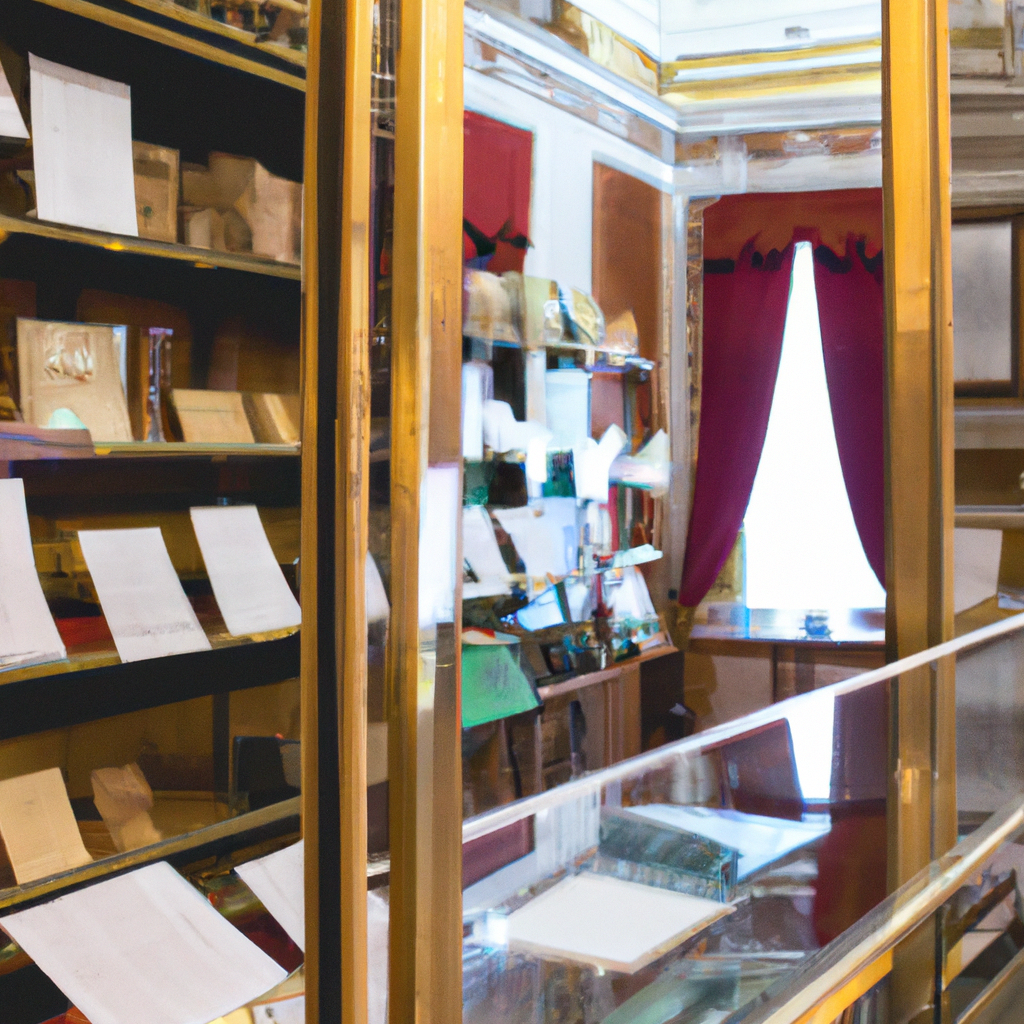The Value of Culture: Rethinking the British Museum's Access
In a world increasingly defined by commodification, the sanctity of cultural havens like museums becomes ever more vital. At the threshold of modernity and preservation, London's esteemed British Museum finds itself in a quandary of financing and access. Mark Jones, a former interim director of the institution, has catalyzed a significant discussion with his recent proposition—implementing a £20 entry fee for visitors to bolster the museum's funding for extensive refurbishments.
The suggestion stands stark against the museum's longstanding policy of free entry, a democratic gesture that affirms culture should be bereft of a price tag, accessible to all irrespective of economic stature. Yet, as Jones articulates, this shift toward a charged admission aligns with a desperate need for museological sustainability and enhanced visitor experience amidst fiscal constraints.
While critics argue that the imposition of fees contradicts the museum's founding ethos, proponents, drawing upon Jones, argue it as a pragmatic stride toward maintaining the museum’s architectural grandeur and curatorial standards. There's an elegance to this proposal, a reminder that the guardianship of cultural repositories is both a privilege and a weighty responsibility.
The British Museum holds not just artifacts, but narratives that weave through the tapestries of time—objects that tell of empires, colonies, revolutions, and reconciliations. Can a monetary figure truly be placed on the dissemination of this wisdom? Yet, how does one balance the books of finance without compromising the integrity of public access to these tales? These are questions at the heart of Jones’ proposal.
Inspired by other global institutions that have navigated similar waters, the debate here is less about the commodification of culture, but rather its conservation. By charging tourists, typically the museum's largest visitor demographic, the fee indirectly supports educational programs, exhibitions, and conservation projects, potentially providing a revenue stream that respects the collective heritage while fostering its expansion and reach.
As New Yorkers, distant yet connected by our own urban tapestry of cultural repositories, the unfolding scenario at the British Museum offers a mirror to our contemplations on cultural policy. Whether by the vibrant halls of the Metropolitan Museum or amidst the historical whispers of the Museum of Natural History, the dialogue between culture and commerce is perennial, poignant, and ever-prescient.
This bold step proposed by Jones may redefine how the global community experiences the British Museum. Just as with any masterpiece housed within its venerable walls, the outcome, whether admired or admonished, will undeniably provoke thought, engagement, and emotion—the core currencies of any great cultural institution.

